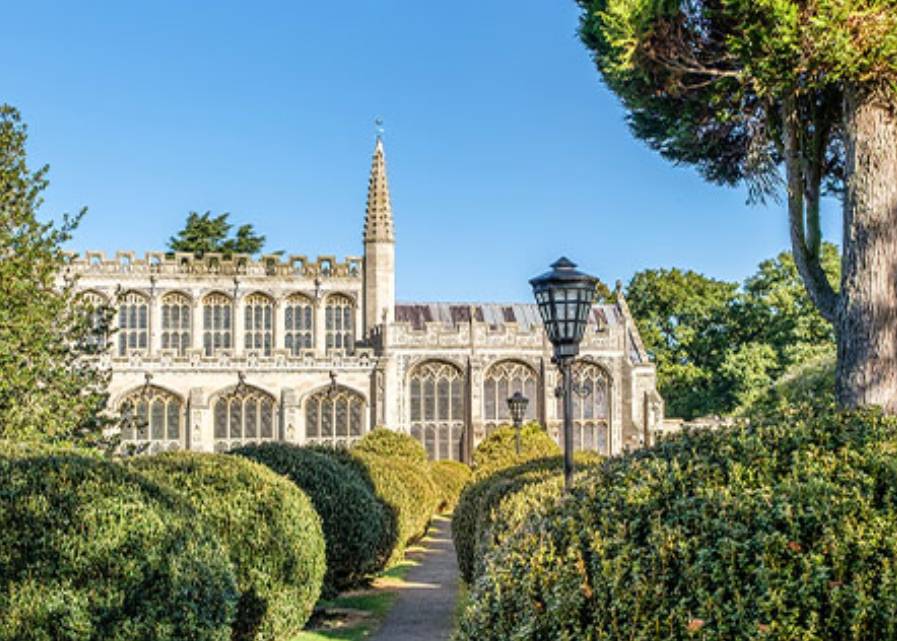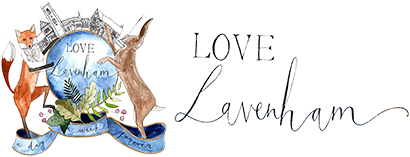St Peter and St Paul’s Church
St Peter and St Paul’s Church is a Grade I listed parish Church. It is one of the most important Wool Churches in England. A Wool Church was financed primarily by donations from rich merchants and farmers who had benefitted from the Medieval wool trade.


A church has existed on the current site, since Anglo-Saxons times. The original church, which was probably wooden, was rebuilt in stone in the 14th century. The chancel is the oldest part of the current church, having been constructed in c.1340 and decorated with money from wealthy citizens. In the decades following the Black Death the town of Lavenham grew rich as a result of the booming wool trade. The 14th century church was added to and modified several times in order to demonstrate the new wealth of its religious community.
Further reconstruction of the church took place between 1485 and 1525. The architect is thought to have been John Wastell who built the Church of St Mary The Great, Cambridge. The building is late perpendicular in its design and regarded as one of the finest churches built in that style. It was also one of the last churches to be completed before the English Reformation. The extraordinary cost of the work was paid for by the local merchant families, who had become amongst the wealthiest in England, namely the Spring and de Vere families.
The building is decorated with the coat-of-arms of the families; the Spring arms, as well as the merchant’s mark of Thomas Spring, appears over thirty times on the exterior of the building, while the star of the de Vere family surrounds the top of the tower.


Today, the church is one of the most visited in East Anglia. It was awarded four stars by Simon Jenkins in his 1999 book England’s Thousand Best Churches.
The church is open daily from 8.30 to 6pm. Visiting may be restricted during church services and other events.
View website: lavenhamchurch.onesuffolk.net

